Picture a mysterious night, when the moon shines brightly and everything feels like a secret waiting to be discovered. In this hidden world, there’s a special kind of cat – a black cat. These cats have fur as dark as the night itself, and people sometimes call them “voids.”
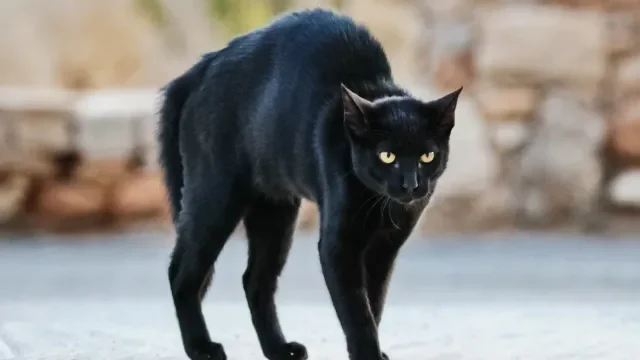
But have you ever wondered why? In this article, we’re going to find out! We’ll take a journey through time, stories, and even a bit of science to uncover the reasons behind this interesting name. So, get ready to explore why black cats are sometimes known as “voids”—it’s a story that’s both fascinating and fun!
The Origin of the Term “Void” for Black Cats
Black cats are known as “void” cats because of their deep black coloring, which makes them virtually undetectable at night. They resemble black holes or nothingness when they ball up or hide in the shadows. They have an air of mystery and intrigue because to their ability to blend in with the shadows, and their nickname reflects their distinctive appearance.[1]
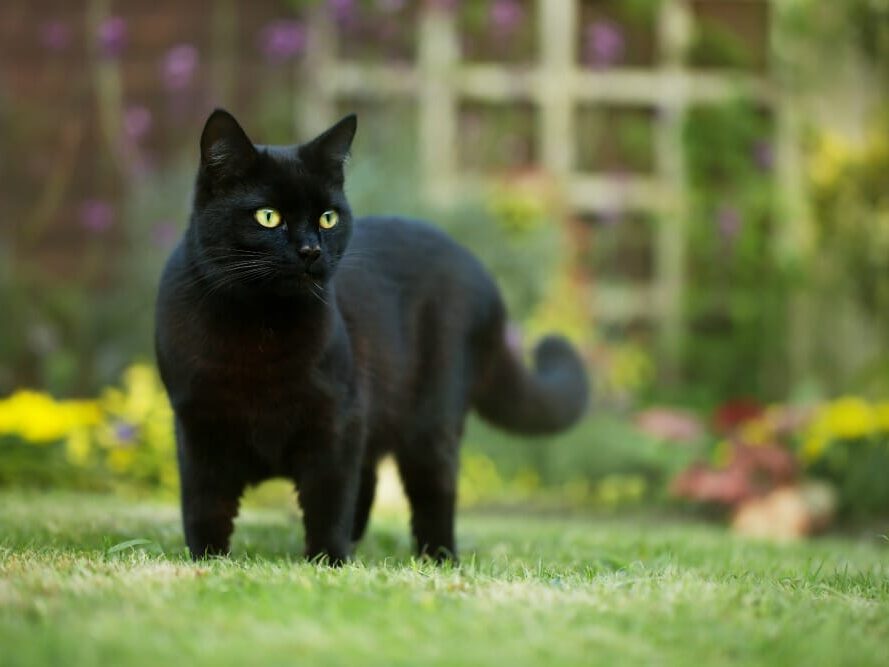
Assorted myths and superstitions about black cats have an impact on the term “void” as well. Black cats may be perceived as mysterious or otherworldly since, in certain cultures, they are considered to be representations of witchcraft, evil, or death.
However, the term “void” is sometimes used in an endearing manner by cat enthusiasts to praise the grace and elegance of these cats.
The Cat Version of “Void”
More of a metaphor than a literal description, the word “void” is used to describe cats. It is a technique for portraying the special characteristics of black cats, such as their intense black color, their capacity to blend into the background, and their air of mystique and intrigue. We acknowledge these characteristics and recognize the appeal of a black cat when we refer to it as a “void“. [2]
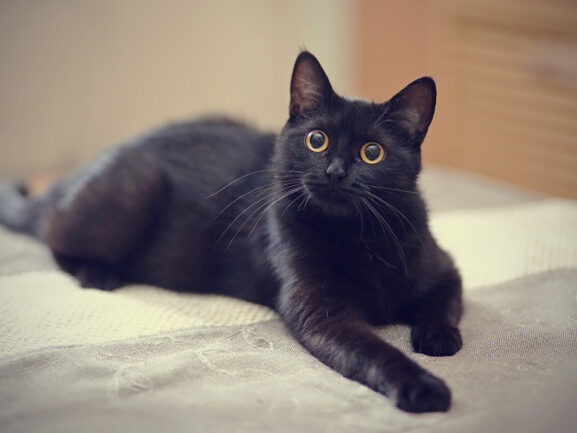
The phrase “void” is not just used to describe black cats. It can also refer to other felines that are particularly dark or have a single hue, such as brown, gray, or blue. However, due to their stark contrast with their surroundings, black cats are the most typical representations of voids.
The Characteristics of Black Cats
Not all black cats are empty. They make fantastic pets and have a variety of unique qualities that set them apart. Here are a few examples:[3]
- Due to a genetic abnormality, black cats produce more melanin, the pigment that gives skin and hair color, in their fur. The deep black hue of these cats is the result of a mutation known as melanism.
- Different eye hues, such as yellow, green, blue, or copper, can be found in black cats. Heterochromia, or having two different eye hues, is a condition that affects some black cats. Although it can happen to black cats as well, this is most frequently seen in white or light-colored cats.
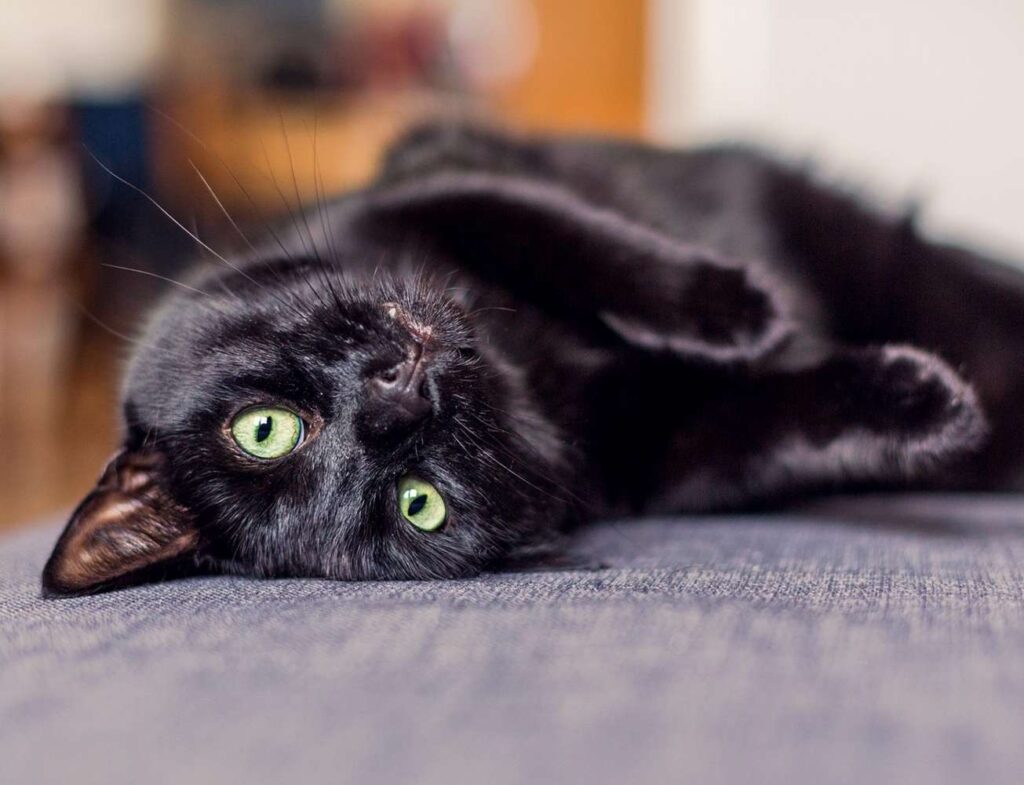
- Black cats are not uncommon, but when it comes to adoption, they are frequently disregarded or subjected to prejudice. Black cats are rarely preferred over lighter or colorful ones. To encourage the adoption of black cats, some shelters even run special promotions or provide discounts.
- Black cats are not bad luck or wicked. They are playful, inquisitive, devoted, and loving, just like any other cat. Owners, as well as society, should treat them with respect and care.
Cultural, Historical, and Symbolic Representation of Black Cats:
Through history and symbolism, black cats have woven their way into the fabric of human culture, leaving an imprint that cannot be erased. These mysterious cats were regarded in ancient Egypt as guardians and luck-bringers who embodied the night’s mysteries. They accompanied the pharaohs as they traveled, their dark fur representing the mighty energies of the cosmos.
The Middle Ages witnessed a dramatic shift in viewpoint as time passed. Black cats got caught up in folklore and were frequently connected to witches and evil spirits. They were surrounded by a sense of mystery and anxiety since their appearance was interpreted as a sign of approaching disaster. During this time, the word “voids” was coined to describe the mysterious and perceived darkness that enveloped these entities.
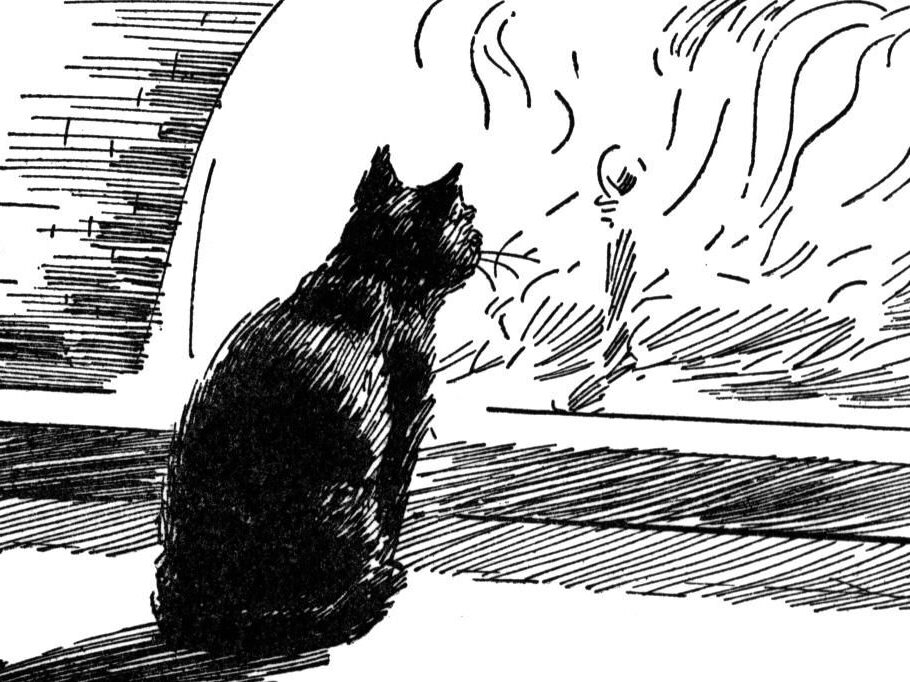
Despite these difficulties, black cats survived as emblems of tenacity and cultural variety. In Japanese legend, the “Maneki Neko” represented the cat’s function as a sign-bearer of luck and fortune that crossed national boundaries.
By serving as a constant reminder that black cats have a rich history and enduring attraction beneath their ominous façade, this diverse cultural depiction attests to the enduring ability of black cats to transcend time and boundaries.
FAQs
Q: Why are black cats associated with superstitions?
A: Black cats were associated with superstitions during the Middle Ages due to their perceived link to witches and dark magic, which led to the belief that they brought bad luck.
Q: How did black cats symbolize good luck in ancient Egypt?
A: In ancient Egypt, black cats were believed to protect homes and bring good fortune. They were revered as symbols of the night and were associated with the goddess Bastet.
Q: What is the genetic basis for black cat fur?
A: Black cat fur is the result of a genetic mutation that increases melanin production, causing their fur to appear jet black. This mutation affects pigmentation and gives them their unique coloring.
Q: What is the significance of the “Maneki Neko” in Japanese culture?
A: The “Maneki Neko” is a beckoning cat figurine in Japanese culture that symbolizes good luck, fortune, and protection. It is often depicted with a raised paw, inviting positive energy.
Q: How have attitudes towards black cats changed over time?
A: While black cats were once feared and associated with negativity, efforts by animal shelters and enthusiasts have challenged these misconceptions, leading to a more positive and appreciative view of these cats.
Q: Why are black cats sometimes referred to as “voids”?
A: The term “voids” likely originated from the Middle Ages, emphasizing the sense of darkness and mystery attributed to black cats during that time.
Q: What can we learn from the cultural and historical representation of black cats?
A: The representation of black cats across cultures and history showcases the dynamic nature of human beliefs and their ability to shape our perceptions of the natural world. It reminds us of the power of storytelling and the importance of challenging stereotypes.
Q: How can we appreciate black cats in the modern world?
A: We can appreciate black cats by learning about their unique qualities, adopting them as pets, and promoting awareness to dispel myths and misconceptions. Their captivating allure and charming personalities make them wonderful companions for those willing to embrace their mystique.
Conclusion
As we trace the footprints of history, it becomes evident that black cats have danced along the fine line between reverence and superstition, mystery and charm. From ancient Egyptian sanctuaries to the tangled tales of medieval fears, their journey has been one of transformation, resilience, and rediscovery.
Today, as we stand on the threshold of understanding, we are reminded that labels like “voids” are mere whispers of the past, barely scratching the surface of their complex nature. These feline enigmas, with their striking ebony coats, reflect a tapestry woven from diverse cultures, beliefs, and scientific marvels.
In the end, it is, perhaps, the very shadows that define these cats that have illuminated our path to enlightenment. The legacy of “voids” serves as a testament to the intricate interplay between human perception and the natural world, a reminder that beneath every layer of darkness lies a story waiting to be unveiled, and that the journey itself is as intriguing as the destination.
References:
- Wikipedia contributors. (2023). Black cat. Wikipedia.
- Yuko, E. (2023). Why black cats are associated with Halloween and bad luck. HISTORY.
- Superstitions and black cats. (n.d.). carnegie -museum-of-natural-history

